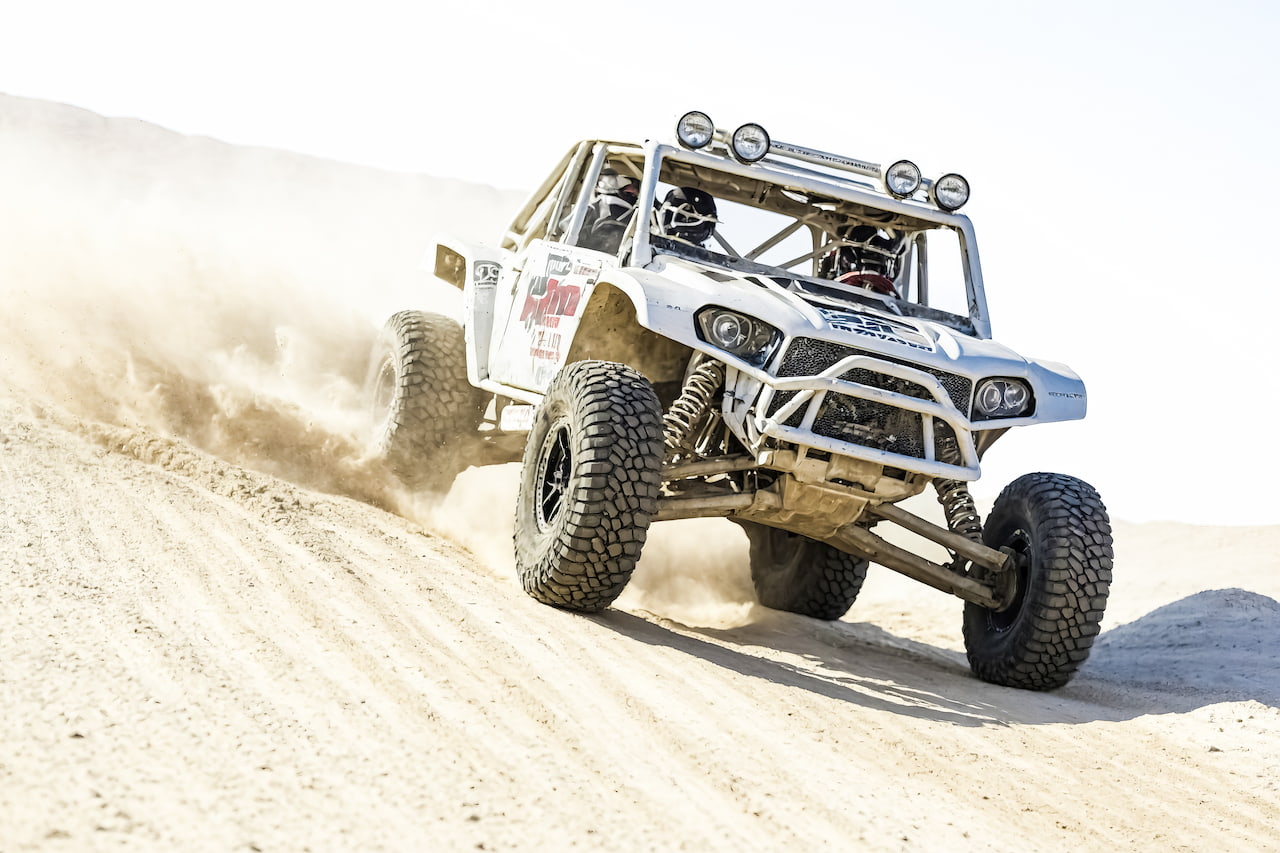Whether you’re just exploring off-road vehicles or have recently purchased your first UTV, understanding the foundational aspects of a side-by-side can greatly impact your overall experience. Newcomers often need clarification on what makes a UTV unique, how it differs from other off-road vehicles, and how best to operate and maintain one. This guide will help you develop that essential knowledge so you can ride confidently and safely.

Understanding Basic UTV Concepts
A Utility Task Vehicle (UTV)—commonly called a side-by-side—is an off-road vehicle designed for multiple passengers, carrying capacity, and versatility. It features car-like controls, such as a steering wheel and foot pedals, making it easier for beginners to adapt.
To learn more, check out this helpful resource on UTV basics.
Clear Definition of a UTV
A UTV is typically equipped with a roll cage, bucket or bench seats, and side-by-side seating for at least two passengers. Unlike a traditional ATV, which is straddled like a motorcycle, a UTV provides a more comfortable, enclosed feel—ideal for longer rides or work tasks that require hauling tools or equipment.
Difference from ATVs
While both UTVs and ATVs (All-Terrain Vehicles) excel in off-road environments, their primary distinctions include:
- Seating arrangement: UTVs seat passengers side by side, whereas ATVs are generally single-rider.
- Cargo capacity: UTVs often have larger cargo beds, making them better for hauling.
- Ease of use: UTVs have car-like controls, making them more approachable for new riders.
Key Features
UTVs can vary in size, capability, and power, but most share the following features:
- Roll cage or protective frame
- Seat belts for added safety
- Steering wheel and pedal-based controls
- Four-wheel drive (4WD) options
- Options for customization, such as upgraded suspension and accessories
Key Concepts and Essential Information for UTV Ownership
Owning a UTV involves understanding its components, routine maintenance, and potential for customization. Below are four core elements every new owner should grasp:
- Chassis and Suspension – The chassis is the backbone of your UTV, supporting its weight and protecting passengers. The suspension system ensures a smoother ride over rough terrain by absorbing impacts and maintaining tire contact with the ground. Keeping these components in good condition is critical for ride quality and safety.
- Engines and Powertrains – UTV engines range from smaller displacements for light trail riding to high-horsepower options for racing or heavy-duty tasks. The powertrain (engine, transmission, driveshaft, and differentials) works collectively to deliver power to the wheels. Regular inspections and oil changes will extend your engine’s life and maintain peak performance.
- Customization and Aftermarket Parts – UTVs are highly customizable. From upgraded tires and suspension kits to roof racks and audio systems, your side-by-side can be adapted for various terrains or personal style preferences. Explore different UTV learning resources to discover how to enhance your ride.
- Maintenance Routines – Routine checks, such as changing fluids, cleaning air filters, and inspecting brakes, are essential. Following your manufacturer’s service intervals will help you catch potential problems early, save on costly repairs, and keep your UTV running smoothly.
Getting Started with UTVs: A Beginner’s Guide
For newcomers, venturing into the world of side-by-sides can be both exciting and overwhelming. Below are some steps to make your entry into UTV ownership smoother. You can also refer to our guides for beginners for more detailed insights.
- Determine Your Specific Needs – Before buying accessories or modifications, identify your main purpose—work tasks, trail riding, dune bashing, or racing—so you can make informed decisions.
- Choose the Right Accessories – Look for accessories that enhance safety (e.g., harnesses, helmets, winches) and comfort (e.g., windshields, sound systems). Consider high-quality parts from reputable manufacturers to ensure durability.
- Understand Terrain and Driving Conditions – Familiarize yourself with the types of terrain you’ll encounter and adjust tire pressure or suspension settings accordingly. Practicing in open, less challenging environments can help build confidence.
Developing Safe Practices and Essential Habits for UTV Owners
Staying safe should always be your top priority. Here are some essential habits for new UTV owners:
- Wear Protective Gear: Helmets, goggles, gloves, and suitable off-road clothing are crucial.
- Regular Inspections: Check tire pressure, fluid levels, and brakes before every ride.
- Respect Speed Limits: High speeds can lead to loss of control on rough terrain. Drive cautiously according to conditions.
- Practice Defensive Driving: Always be prepared for sudden obstacles, steep inclines, or unpredictable wildlife.
Seeking Further Knowledge and Professional Guidance on UTV Ownership
Sometimes, do-it-yourself knowledge isn’t enough. Professional mechanics can help you tune your UTV for peak performance and spot issues that might go unnoticed. For more in-depth support, consider expert advice for side-by-sides.
Disclaimer: This information is for general guidance. Always consult your UTV’s manual and certified professionals for advice specific to your vehicle and local regulations.
Key Takeaways for New UTV Owners
Whether you’re hitting the trail for fun or putting your UTV to work, a solid foundation of knowledge is crucial. Understanding the basic definition, key components, safe practices, and when to seek professional help lays the groundwork for a great experience. As you grow more familiar with your machine, you’ll discover new ways to customize and care for it—ensuring that your side-by-side remains a reliable companion for all your off-road adventures.
